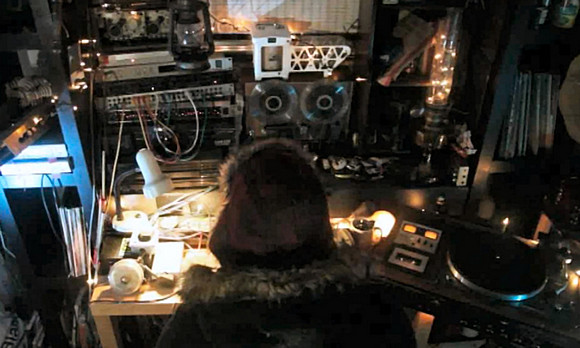
When we saw this incredible video for ‘Snow City Radio’ by the unsigned UK band The Lost Cavalry, we assumed that they were either rich kids able to afford a big budget production, or that the band members all doubled up a film industry professionals.
We were intrigued enough to write to them to ask them how it was done, and were amazed by what they told us: the whole thing was done on a budget of less than £50 and filmed and produced entirely by the singer, Mark West – who has had no training as a cameraman or photographer.
Here’s the story of how he managed to put together such an incredible video:
The idea behind the video
The concept of the video follows the story of the song itself – an arctic radio station where the broadcaster is sealed inside during the winter months with snow piled against the windows and doors, and who hibernates until the snow starts to thaw the following spring.
I decided it would be best to start the video with the whole radio station frozen and show it gradually defrosting until the frozen DJ springs back to life to match the point in the music where things suddenly get loud.
I could then have something happen to cause him to re-freeze, so the video could end back where it started with everything cold again – and the electrics system shorting out seemed like a good idea for this.
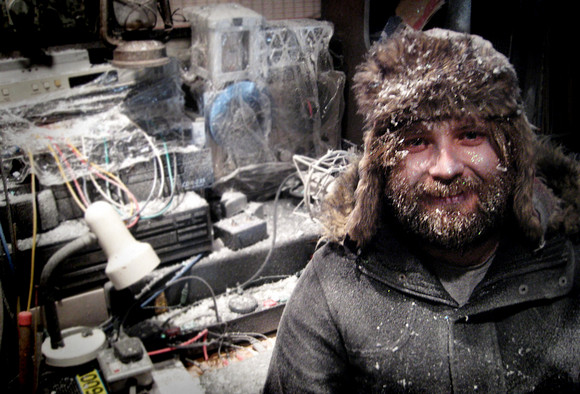
Camera gear used
I filmed using two borrowed Canon EOS 60D cameras with plenty of spare memory cards set to a fairly high resolution and 25 fps.
These were mounted on tripods, and a GorillaPod came in useful too. I tended to try to have most shots just static, however for some shots I swivelled the camera or tried to move free-hand with it, but in retrospect these are probably the worst looking shots as they are pretty wobbly.
I have used the trick of sticking a camera to a toy car and rolling it along before, maybe I should have tried that again…
Lighting
For lighting I spent £10 on a pack of 8 gels from ebay. Mainly blue ones but also a few reds and yellows.
These were just stuck over the front of some Ikea spot lights and movable desk lamps. I had a few issues with some of these getting too hot and one lamp melted a bit, but generally things were ok.
I think if I did the video again I would use more light and stronger colour contrasts as the shots that are lit very blue with strong shadows have come out well I think.
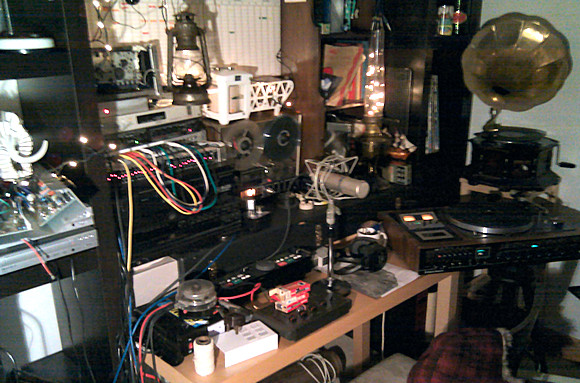
Turning my living room into an arctic outpost
The main task was creating an arctic radio station in my living room. I wanted it to be set in the modern day but with equipment that looked out of date and like it had been there for a long time.
I was able to borrow a lot of great stuff from people including an Akai 4000DS reel-to-reel, old lanterns, a gramophone, alarm clocks and so on.
I bought a few bits like an old compass from a jumble sale and hired an old radio with good light-up volume meters from a nearby shop for £5.
I filmed all the ‘defrosted’ shots first before covering everything with spray on fake snow and fake plastic powder snow all bough from ebay for around £25. I covered anything expensive (like my microphone) with cling film first to protect it.
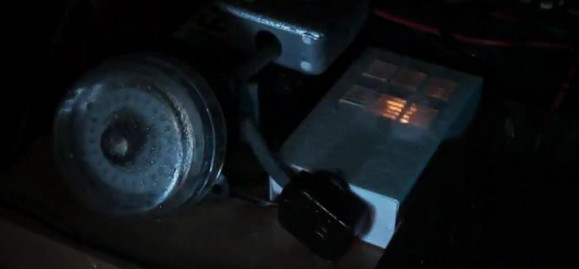
Mini-pyrotechnics!
The fun stuff was the little explosion when the fuse box blows.
To do this I wired up an old flash bulb (the kind that is single use from very old flash guns) to a nine volt battery and attached a match and some paper to the bulb, put the bulb in the metal box and held the switch off camera.
Blowing the bulb made a good flash and a bit of smoke from the match – it worked perfectly I think!
Other ‘special effects’ included spraying air freshener past the camera to make an icey breeze effect.
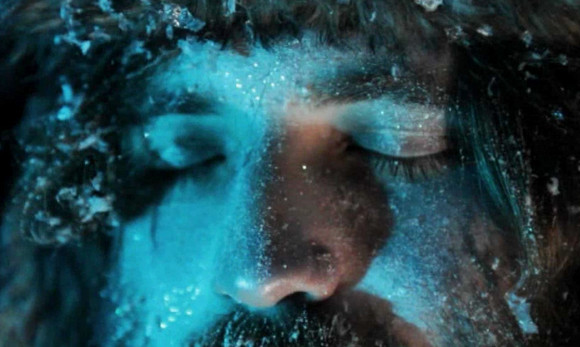
Bryan of course was the star of the show, chosen primarily for his amazing beard. He was a great sport, letting me cover his face in fake snow and spray water onto him from a water mister and film it dripping off his nose.
I also used some face paints to make his skin look more grey and blue, and some ‘Snow-tex’ modelling snow in his beard.
He had to sit still for ages as I filmed from all angles, then repeatedly lean forward and speak into the mic while listening to the song itself. Thanks again Bryan!
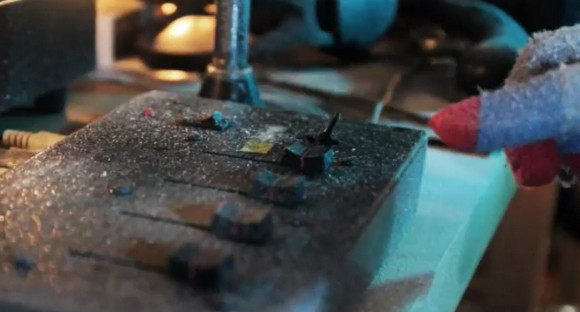
The majority of the defrosting and re-freezing objects were done simply by actually freezing things in the freezer overnight with water sprayed onto them.
I then sped up the video, usually filming with both cameras from different angles and reversing the footage for the re-freezing scenes. Some scenes I used a hair dryer to speed things up a bit.
I also did some freezing scenes using fake snow powder that expands when wet, setting the shot up then spraying on water from the mister.
Creating icicles
The real frozen shots look better though. My icicles were made over the course of a week by hanging strips of cling film from a metal coat hanger frame in the freezer drawer and spraying them with water every few hours.
Eventually these formed into proper icicles. To get them to drip I just sprayed more water onto them – the same as I did for all the other wet melting shots.
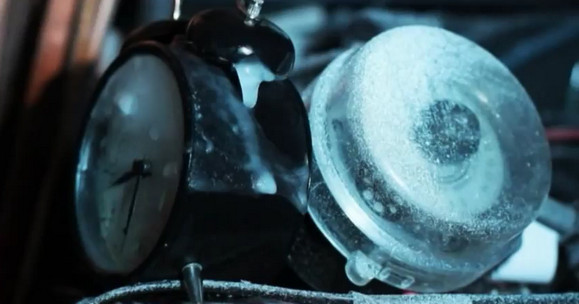
Film editing
I edited the footage on Adobe Premiere Pro, cutting it to fit the tempo. To make Bryan jump a little more when waking up I just cut out half a second at that point. I balanced up the shots to try to make them all more blue at the start then gradually more orange as things warmed up.
I also did a bit of DIY grading using the RGB curves and 3-way colour corrector effects, using this guys notes as very useful guide: http://vimeo.com/25855424. I had a few nightmares rendering the finished video (with crashes and so on) but eventually managed to save down the final film.
All in all it took about 3 days of set building and filming and two days of editing – and another day to clean all the fake snow off of everything!
More info:
Visit The Lost Cavalry’s website or see them play live for free at the Brixton Offline Club on Friday 17th December 2011.
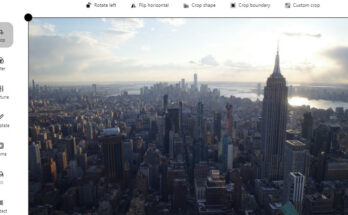
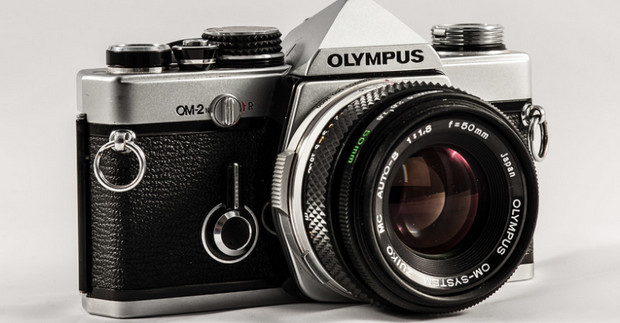
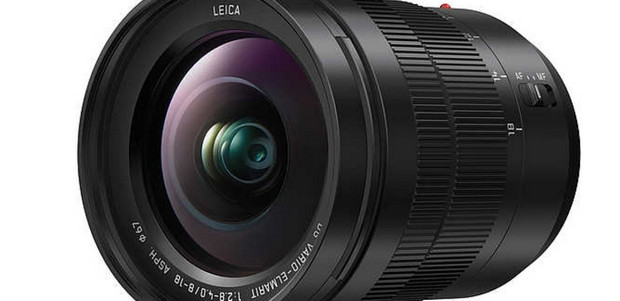
Wondered how you did the pyrotechnics Mark. Well done – Dad
Impressive project, that’s very well done. The budget well used, Stanley kubrick type planning and you stuck to the script and mastered the illusion. Keep it up, the sky is your launch pad. We learn from your insight.